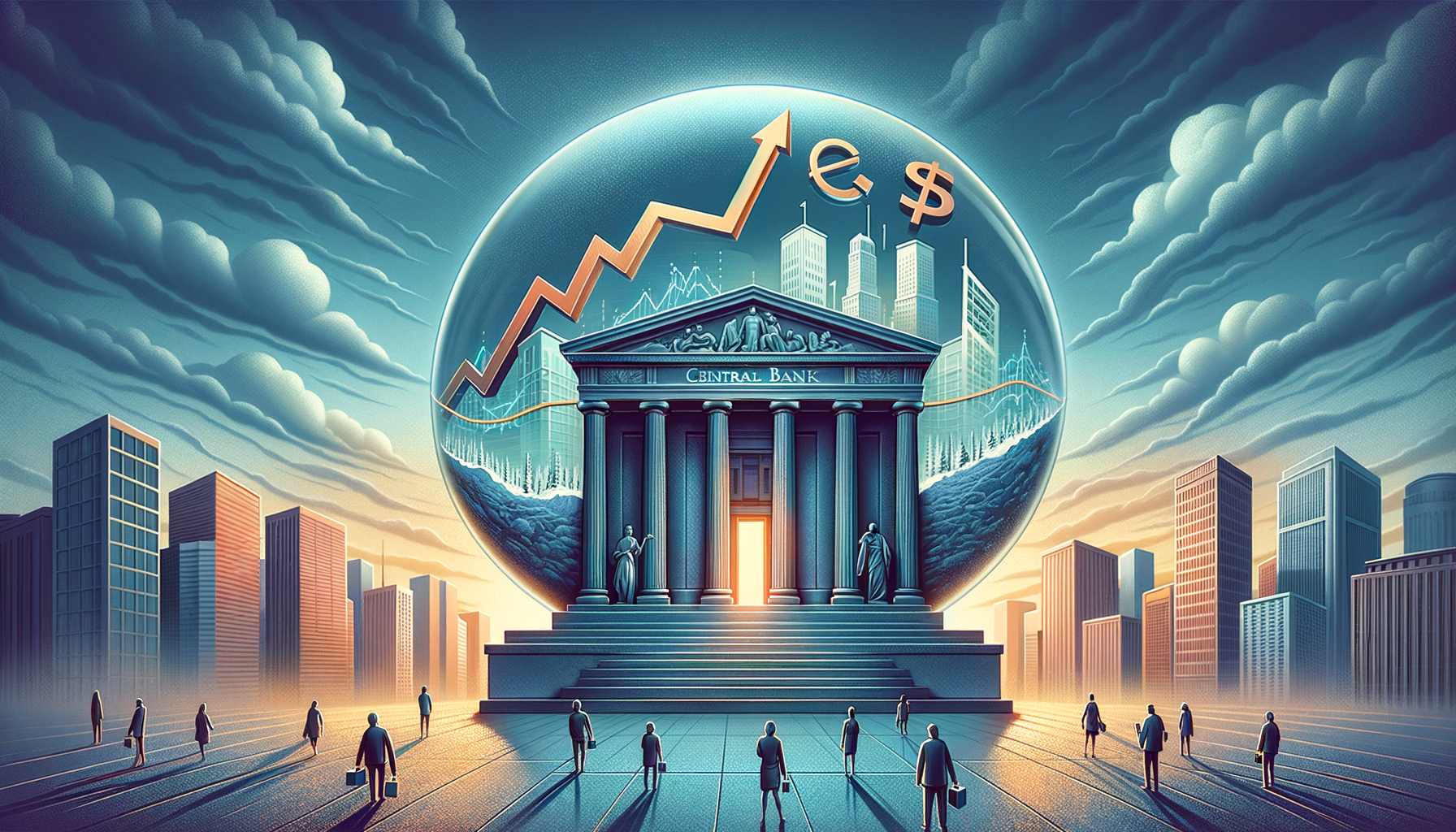“Decoding Inflation Trends: Anticipating Interest Rate Cuts in 2024”

The world of central banking has been buzzing with speculation and anticipation concerning the future of interest rates, specifically related to potential rate cuts scheduled for the year 2024. Central banks, like the Federal Reserve in the United States, closely monitor economic changes to manage their monetary policy and keep financial markets stable.
One of the driving factors of these critical policy decisions is inflation. Inflation, in simple terms, is the rate at which the cost of goods and services increases over time. From the perspective of the average consumer, inflation leads to a decrease in the purchasing power of money: you get less bang for your buck.
For the past several years, inflation rates have remained relatively stagnant, leaving policy makers to operate in a complex economic environment. However, the recent inflation data from the U.S. suggests tht the central bank could be leaning towards reducing interest rates in 2024. But what does this all mean?
Let’s begin to unpack this and understand why it might be important. Firstly, interest rates, like inflation, have a significant impact on our everyday lives. When interest rates go down, it means it is cheaper to borrow money and this often leads to increased spending. High rates, on the other hand, discourage borrowing and promote a culture of savings due to the attractive returns. In a nutshell, interest rates can either stimulate or slow down the economy.
However, the decision to control interest rates does not occur in a vacuum; it’s a decision that takes into consideration various factors, including inflation. Here’s where it becomes a little intricate. Inflation though universally present can, at times, be deemed too high or too low. When it’s too high, it erodes the purchasing power of consumers. When it’s too low, it signposts a stagnant economy, often resulting in deflation – an economic condition in which prices fall, often leading to a depreciation of currency and an economic recession.
The ideal state is to have inflation at ‘just right’ level – typically around 2% for the U.S. The Central Bank uses different policy tools like interest rates to achieve this target. So, if the inflation rate deviates above or below this optimal level, the central bank can adjust the interest rates accordingly; lower interest rates when the inflation is below the target line and increase rates when its way beyond it.
This brings us back to the premise of our discussion – potential rate cuts in 2024. The recent inflation data has shown a stagnation, an economic state that policymakers want to avoid. The lack of upward movement in the inflation rates is hinting at an economy that’s not as vibrant as it should be, thus leading to the need for a little stimulation, a reason for considering lowering the interest rates.
It must be noted, however, that discussions on rate cuts are in the horizon stages, and 2024 is still some years away. Managing an economy as diverse and substantial as that of the United States requires a nuanced and forward-looking strategy, and as such, central bankers are continually reassessing their stance based on new data.
So why does this matter to you? If the central bank does decide to cut the rates, it would mean cheaper loans and mortgages for consumers; this could stimulate a number of economic activities, including a potential surge in the real estate market. Moreover, businesses can borrow at lower rates, leading to expansions and job creation.
However, on the flip side, those of us with savings might not be too thrilled – lower interest rates mean lower returns. But that’s the balancing act that central banks continually have to strike.
In conclusion, it’s a delicate dance between managing inflation rates to maintain economic growth and being prepared to change course should the economy stagnate. For now, the big takeaway from this discussion should be that we’re in an environment where economic blueprints need to be constantly refined based on new data and, in our case, this data suggests a possibility of rate cuts in 2024.
Remember, however, that this is a projection, and just as weather forecasts don’t always work out, economic forecasts can also stray off the mark. But one thing is for certain: every bit of data that comes in will be eagerly examined for what it might tell us about the future course of action. So, stay tuned, and let’s see how this plays out.
